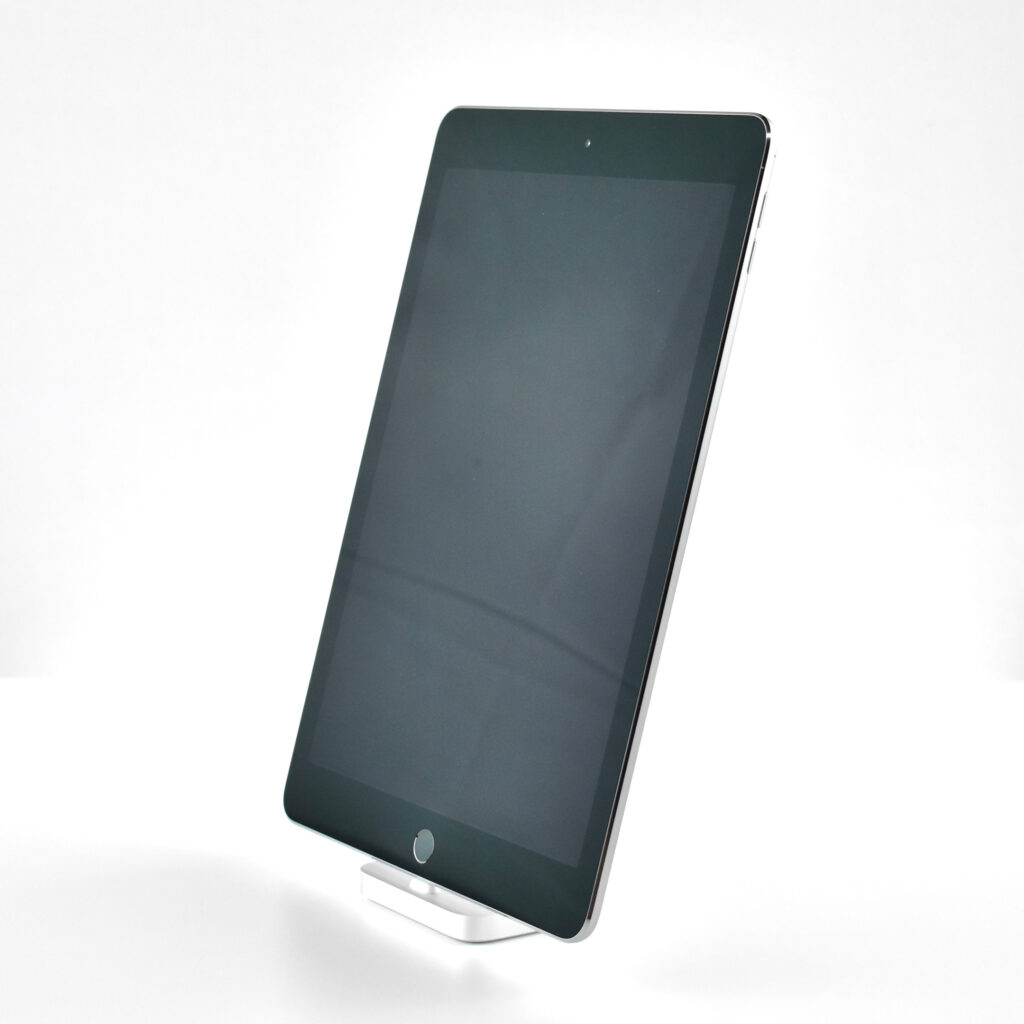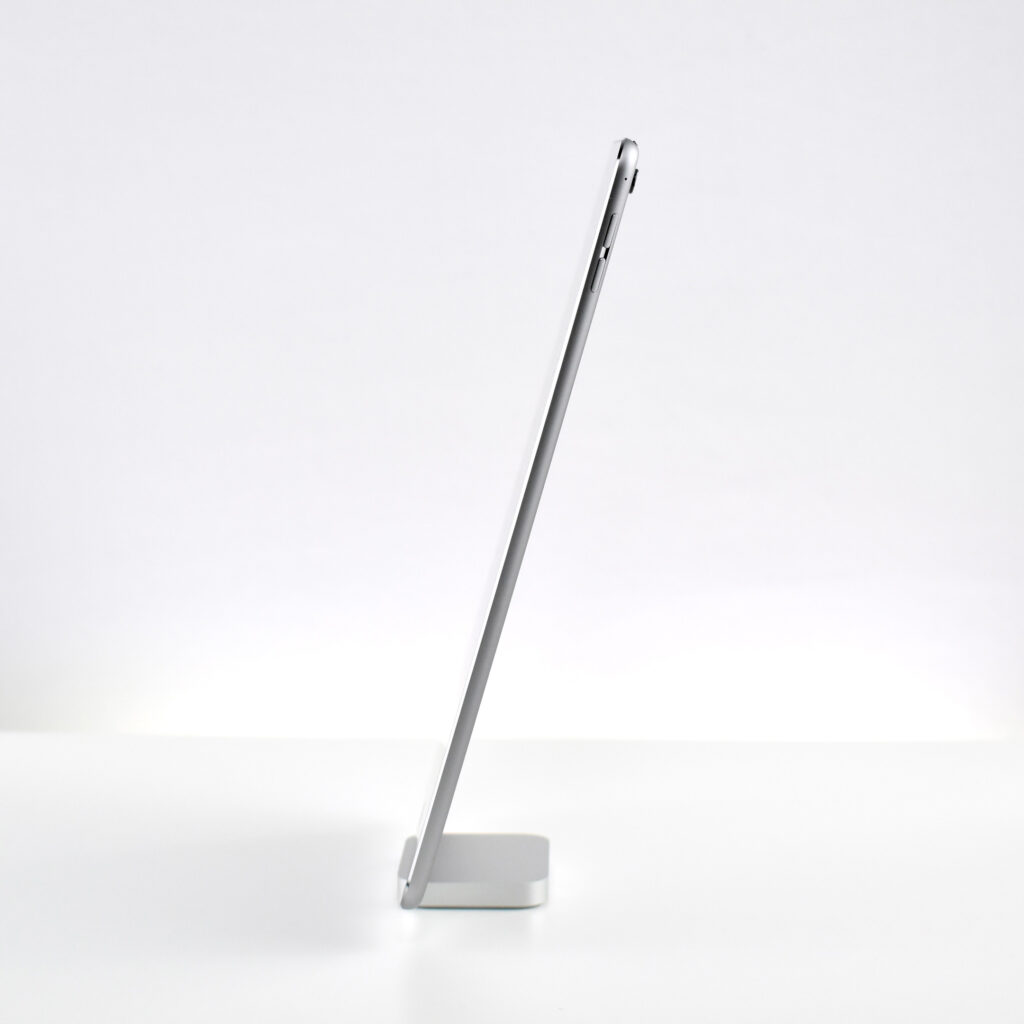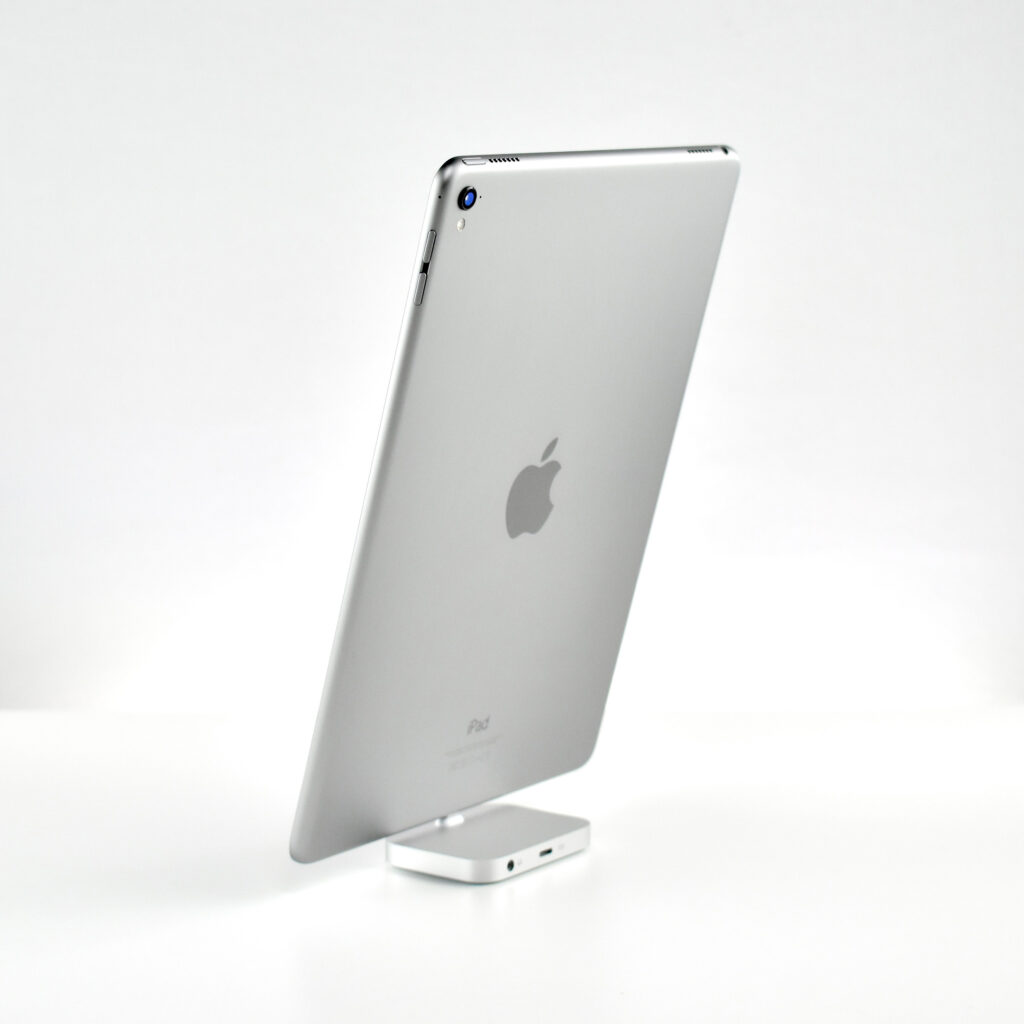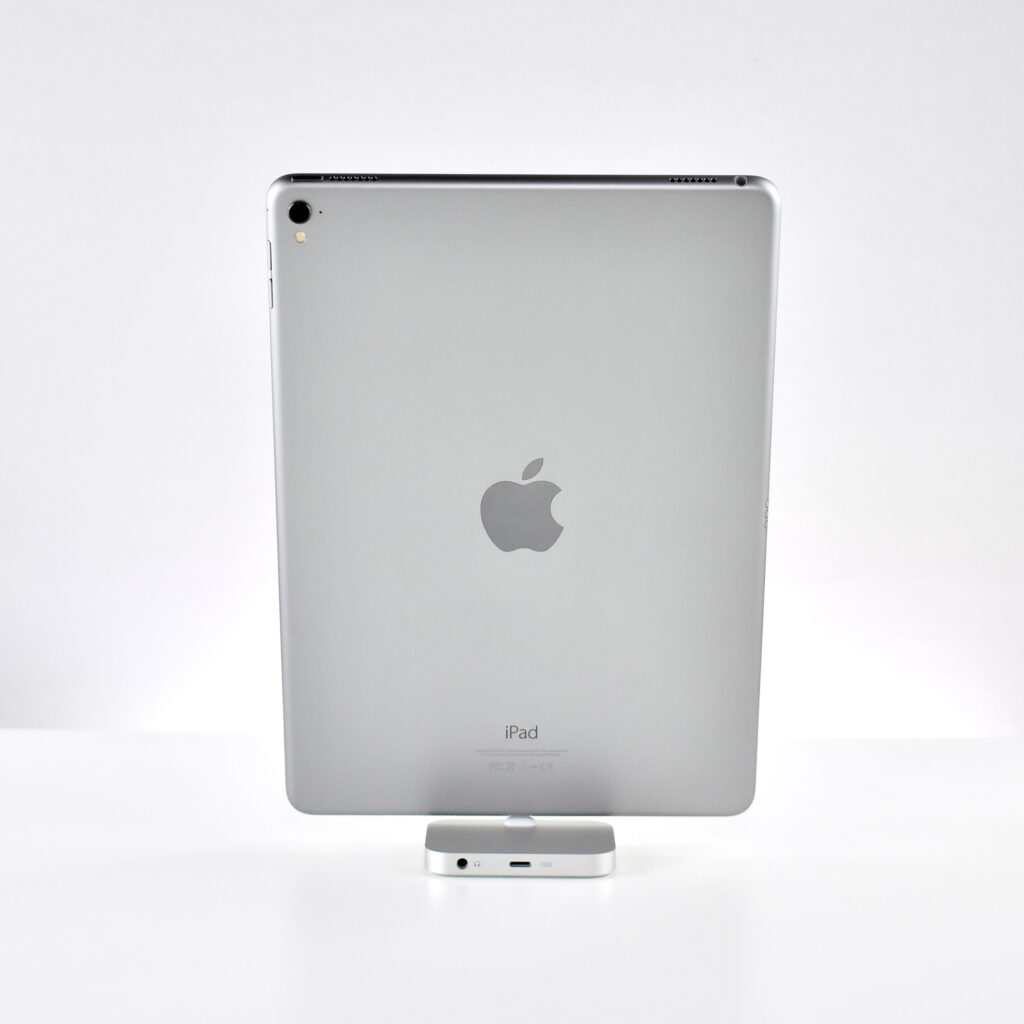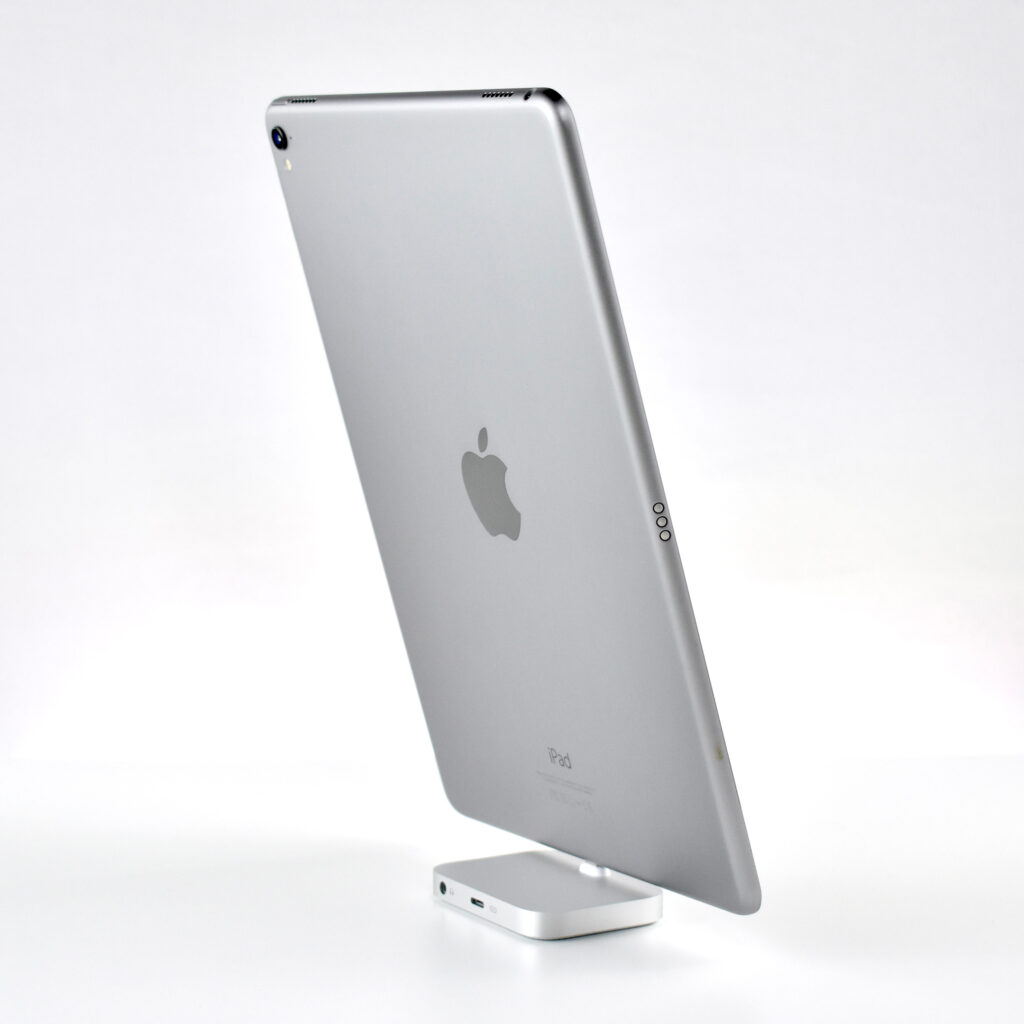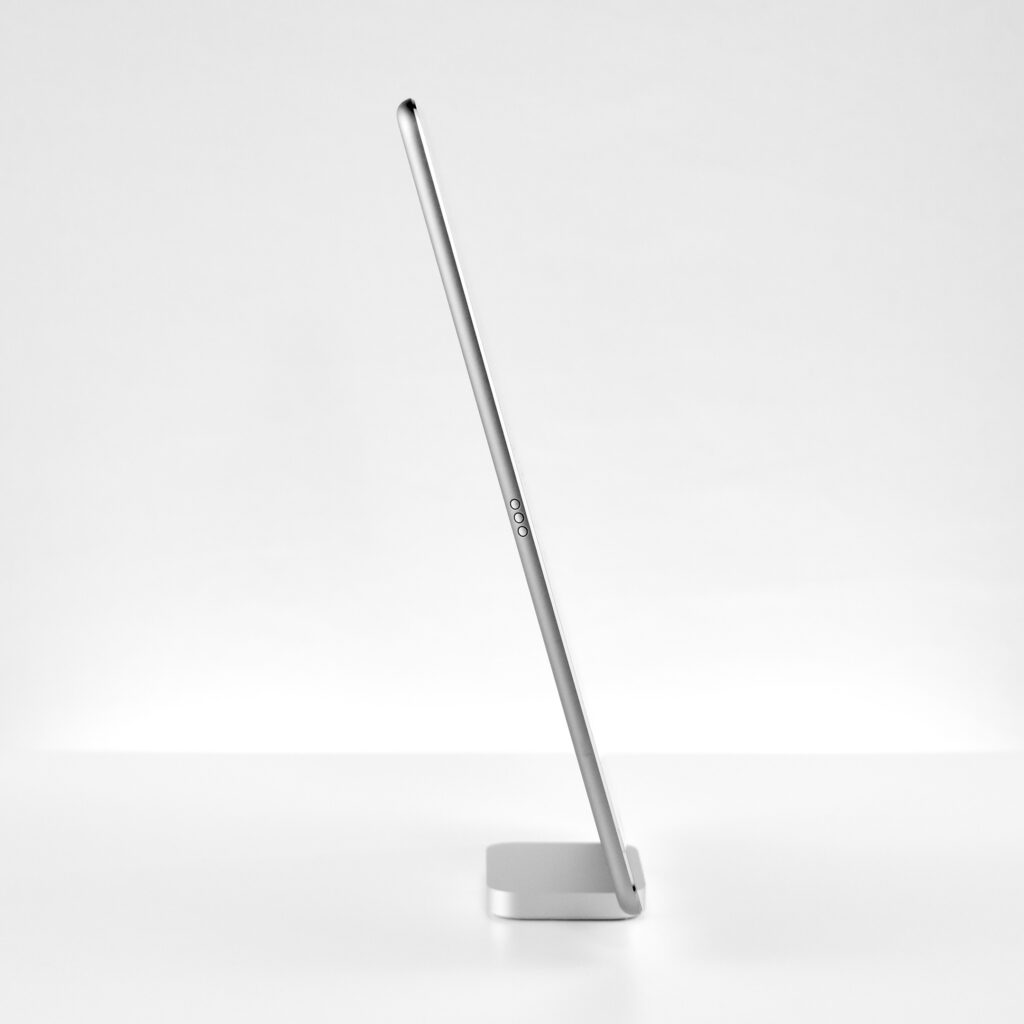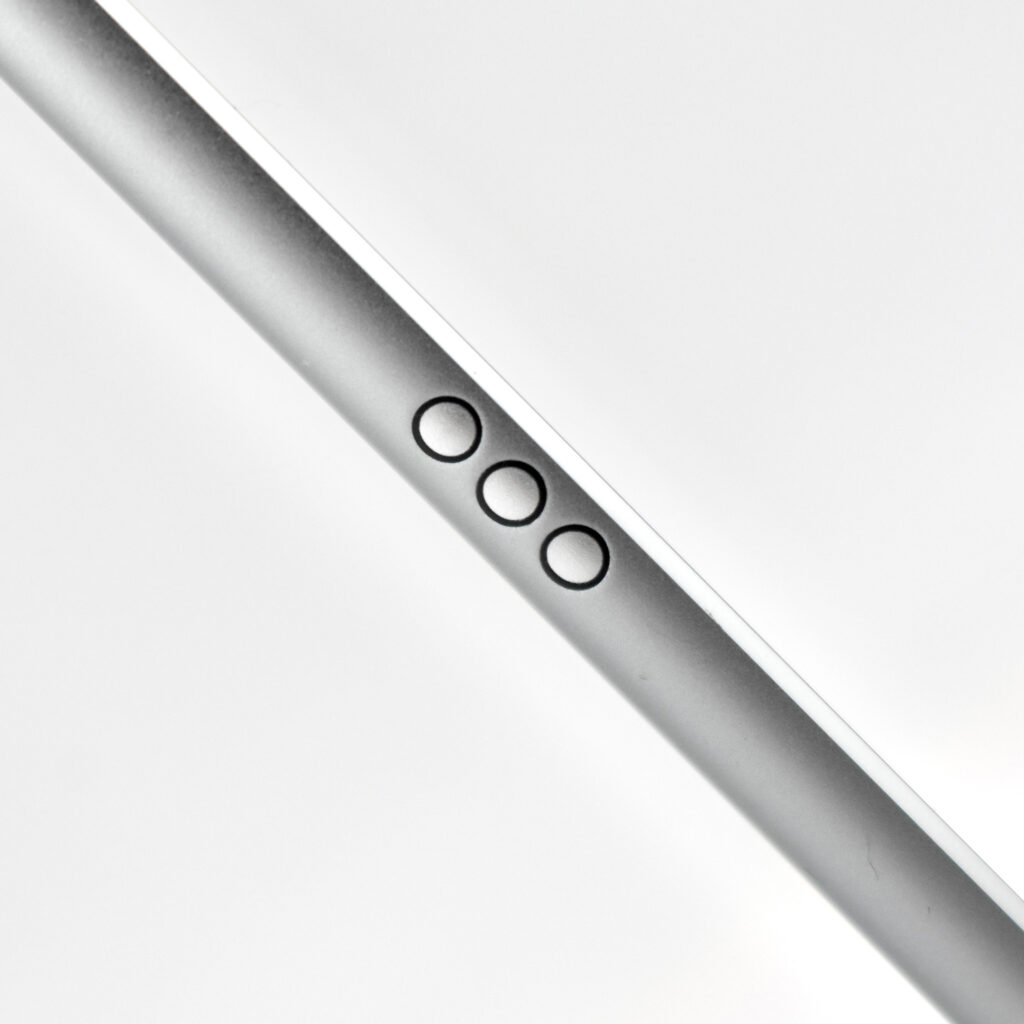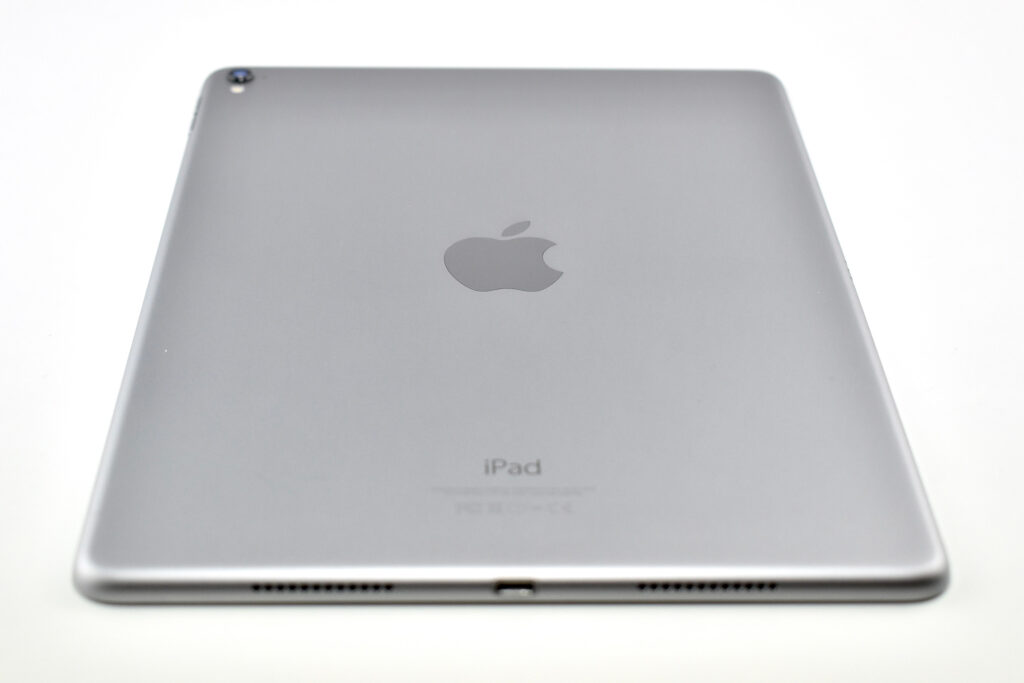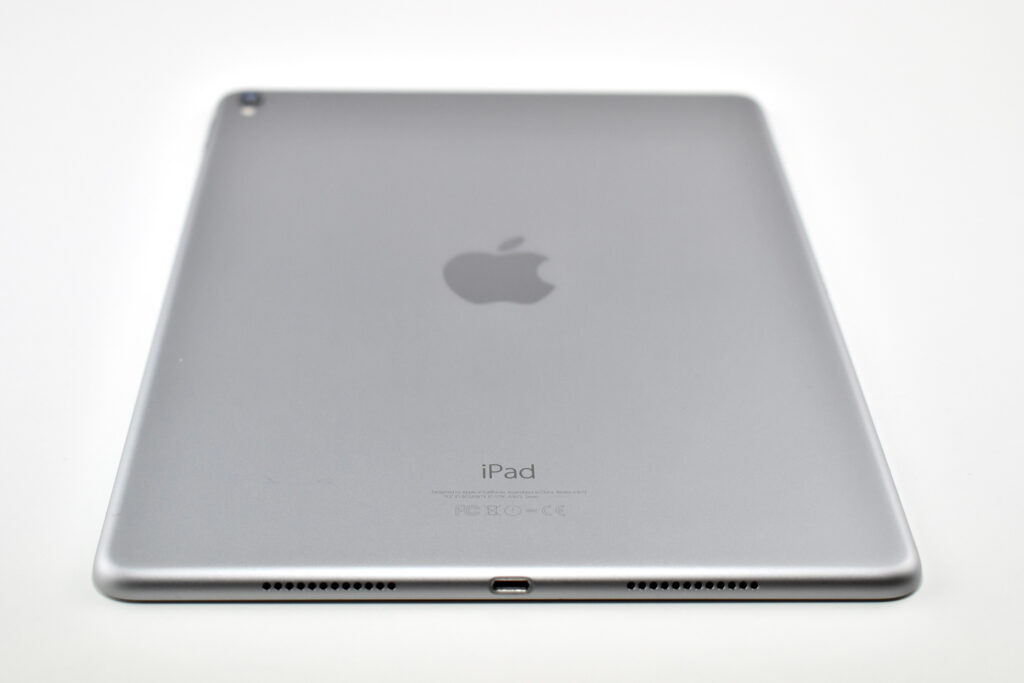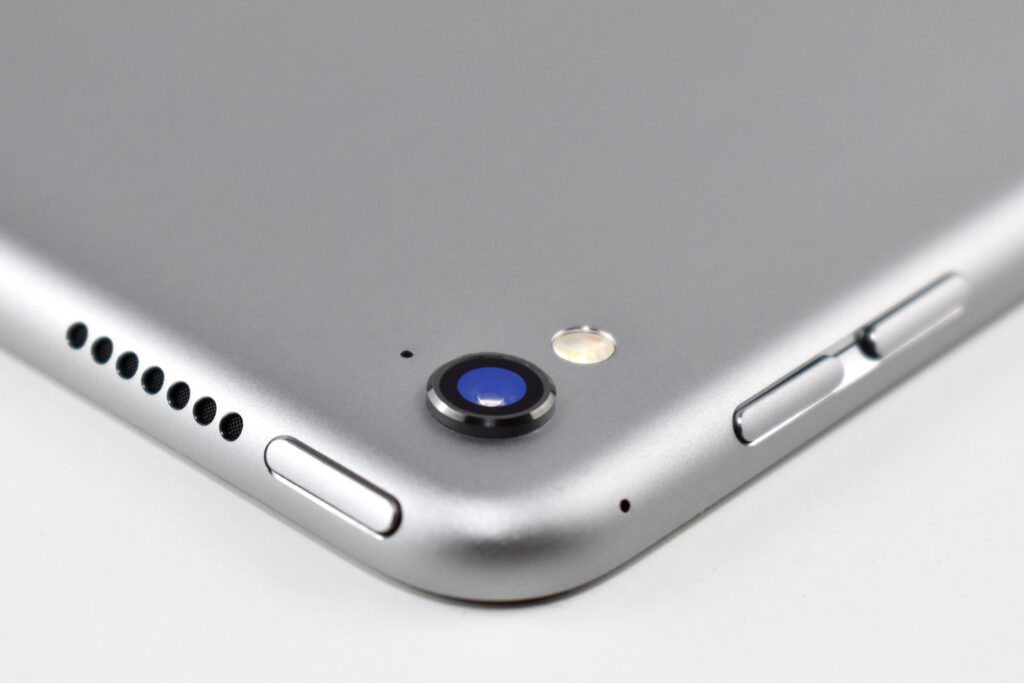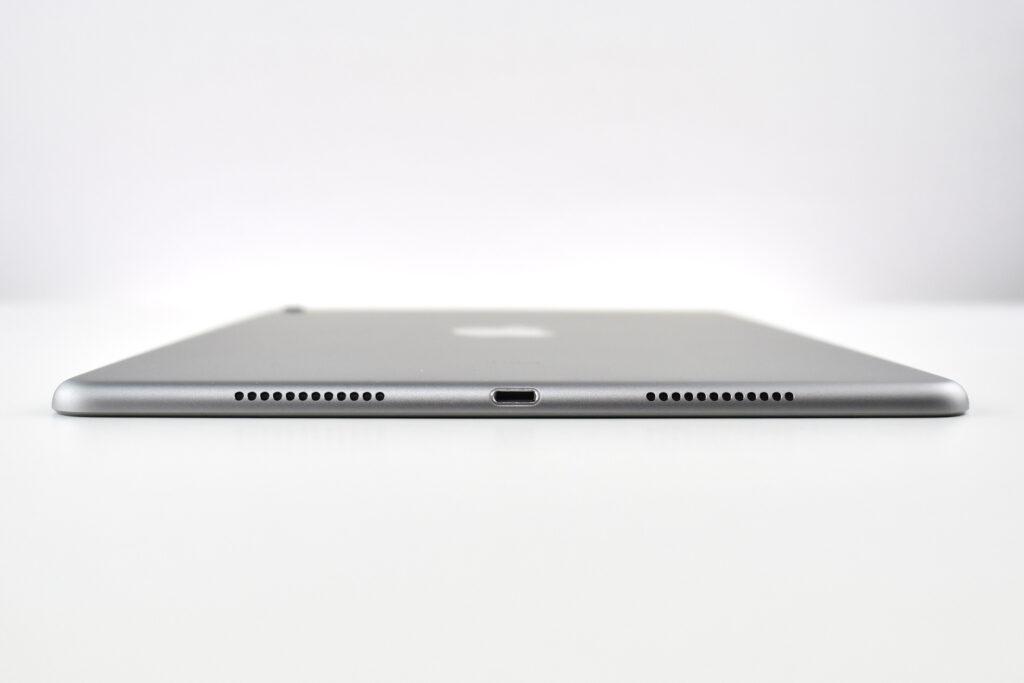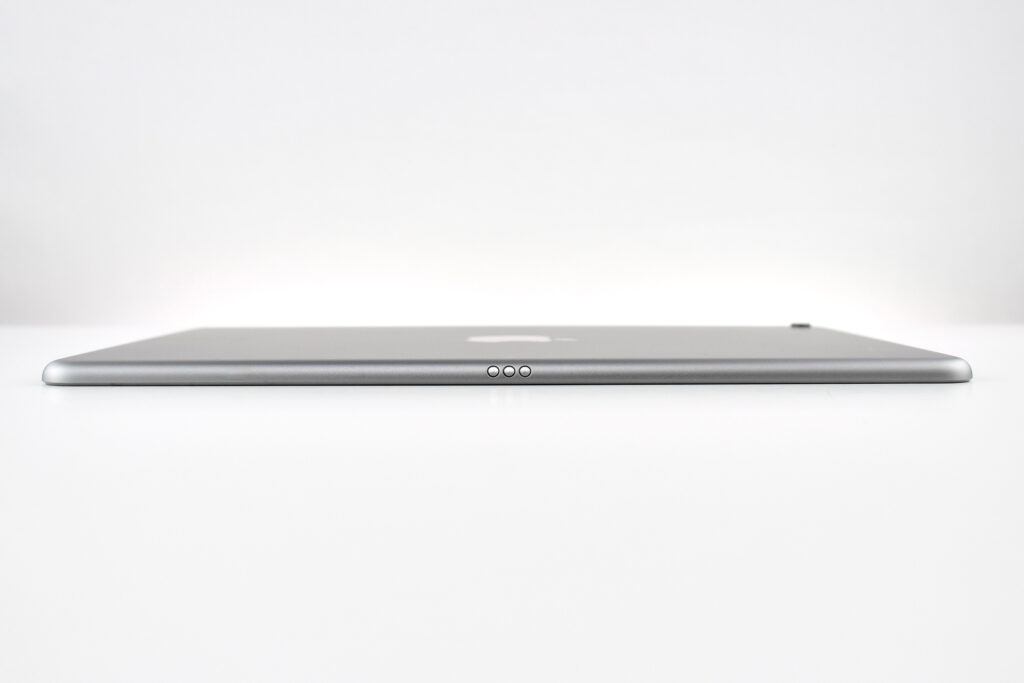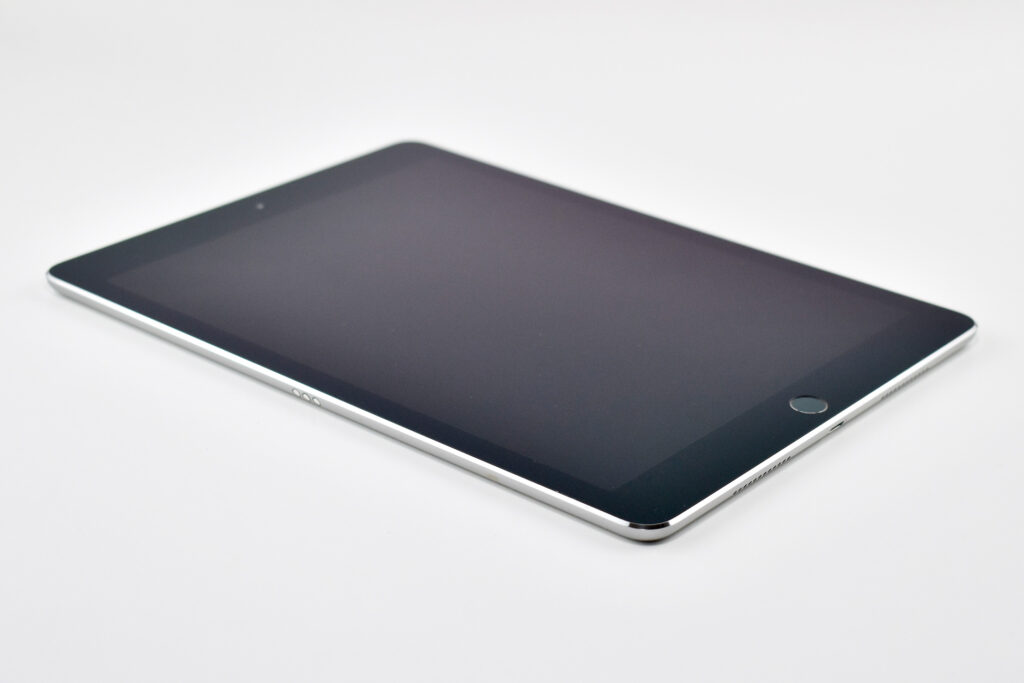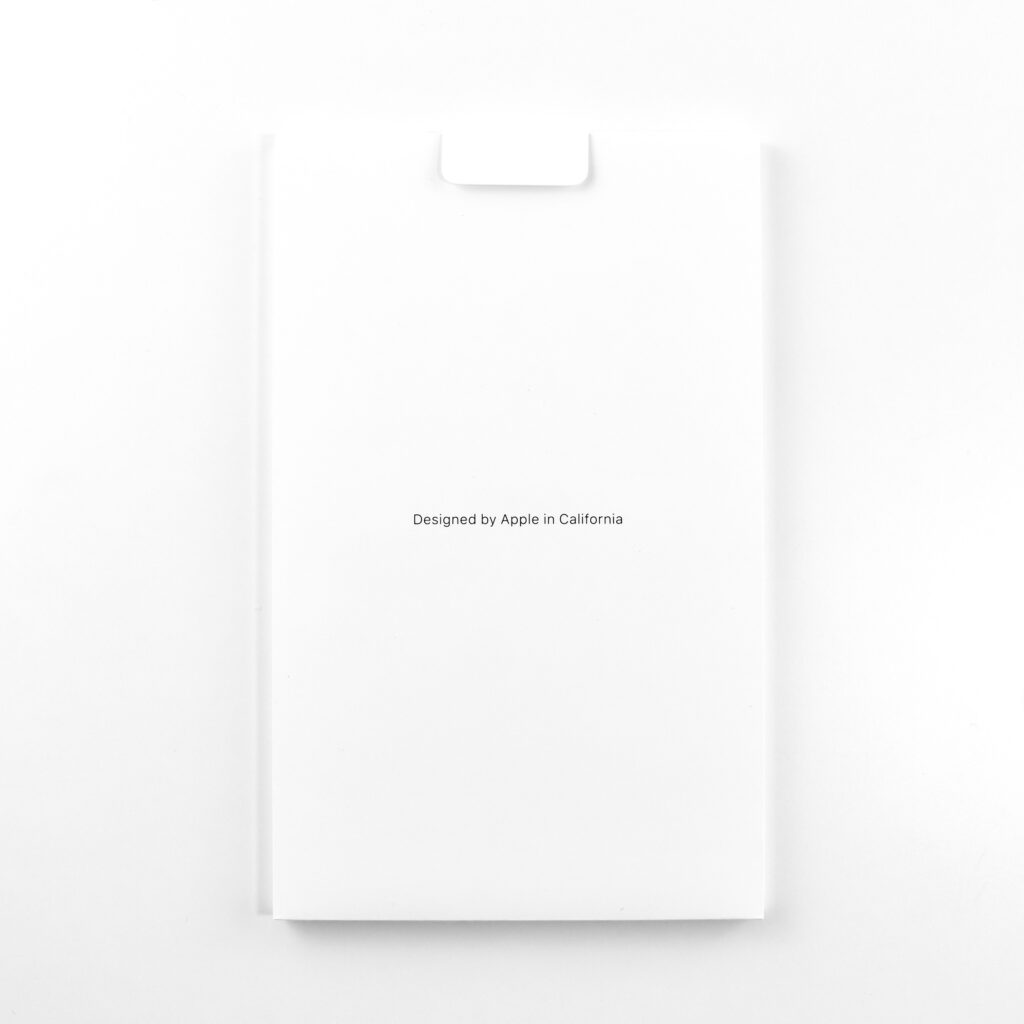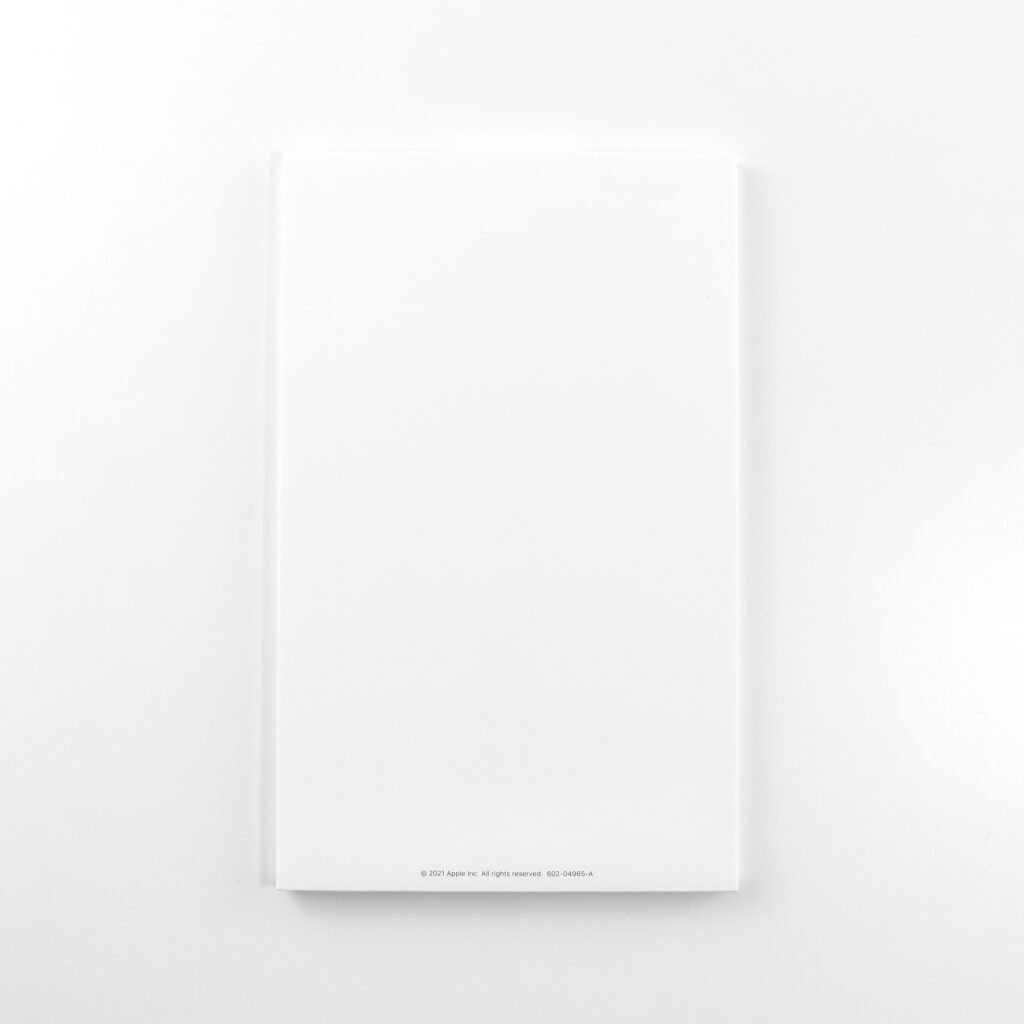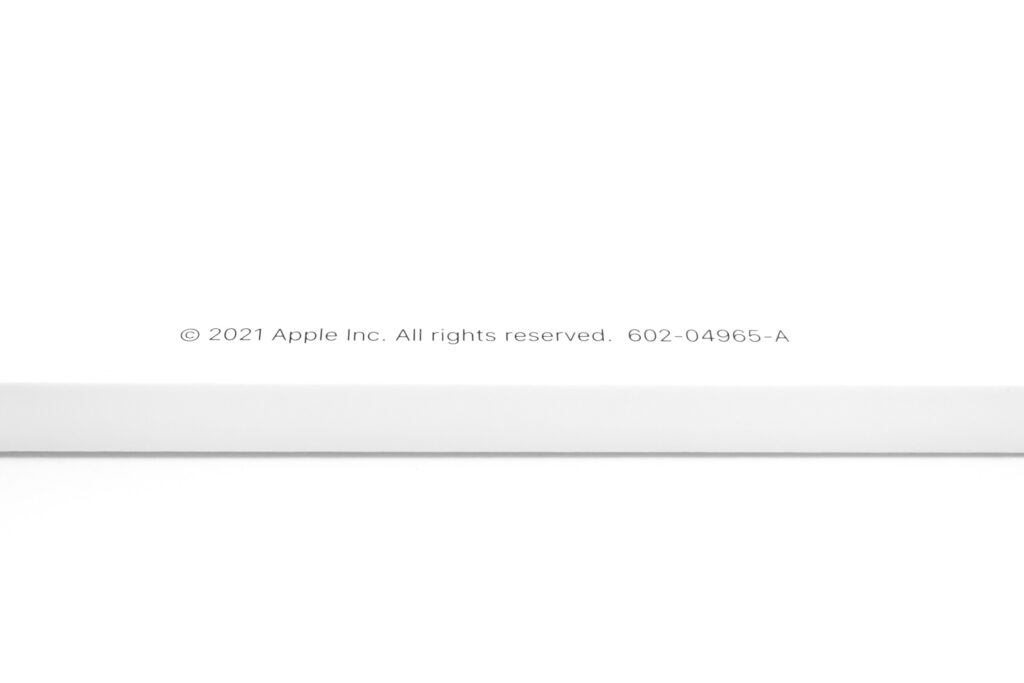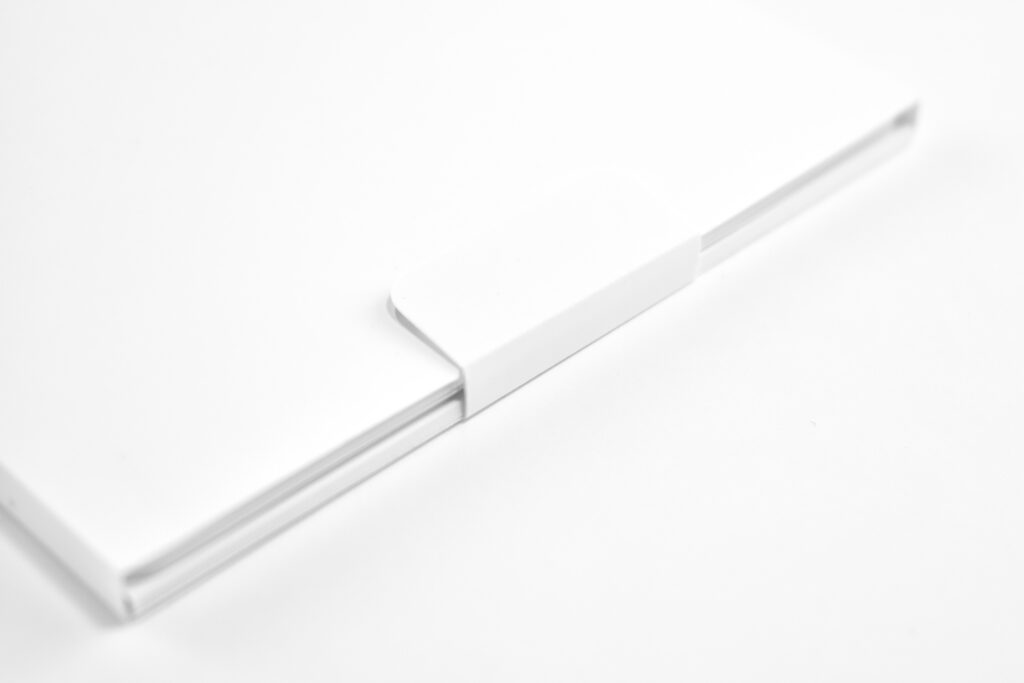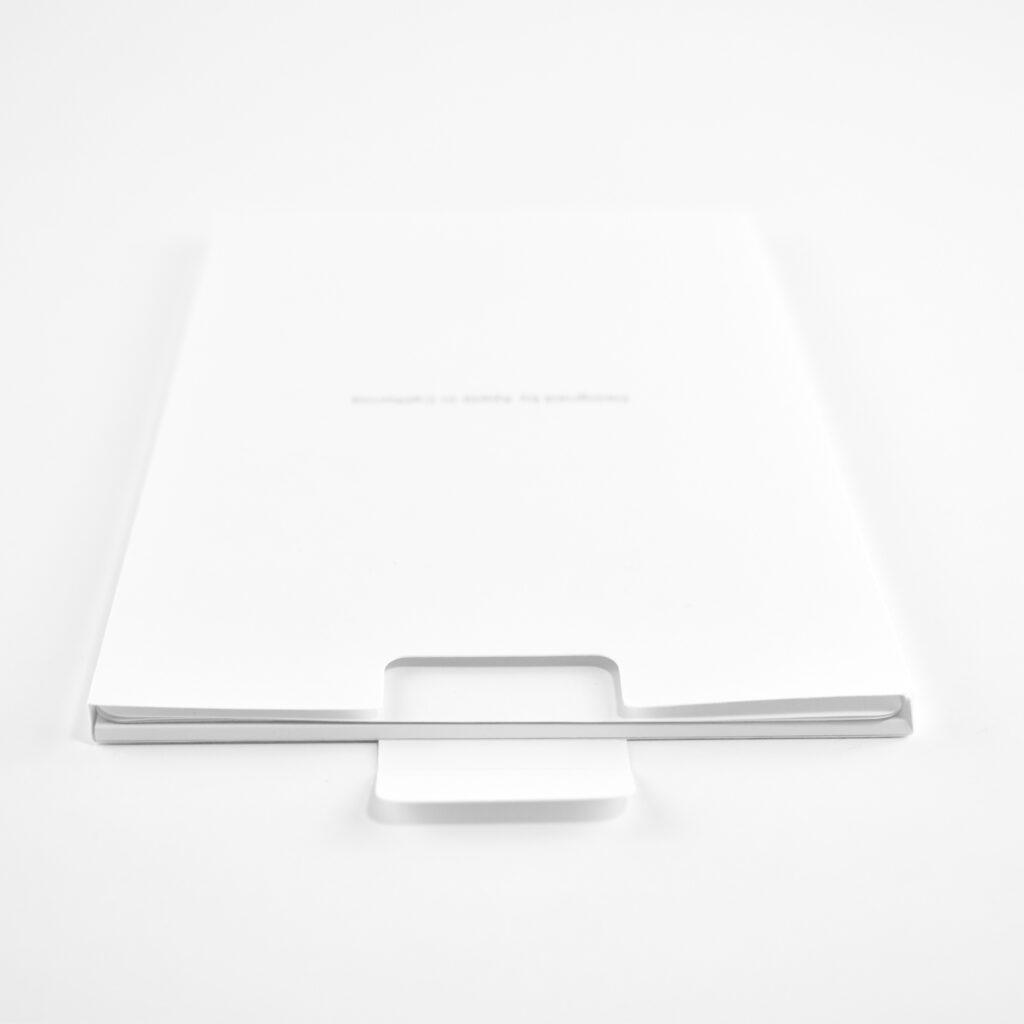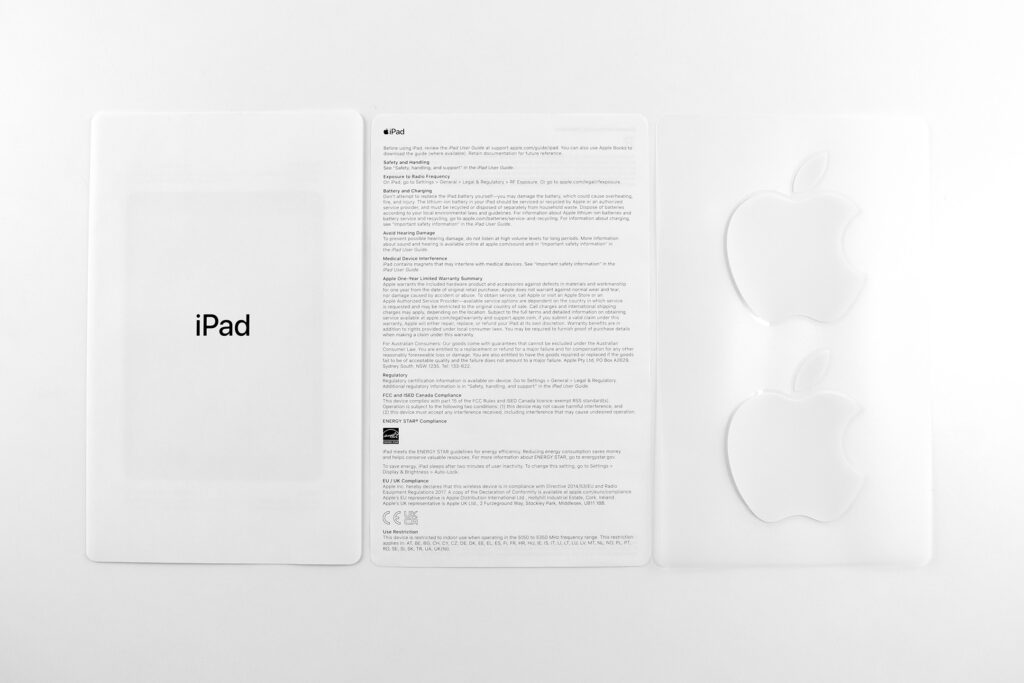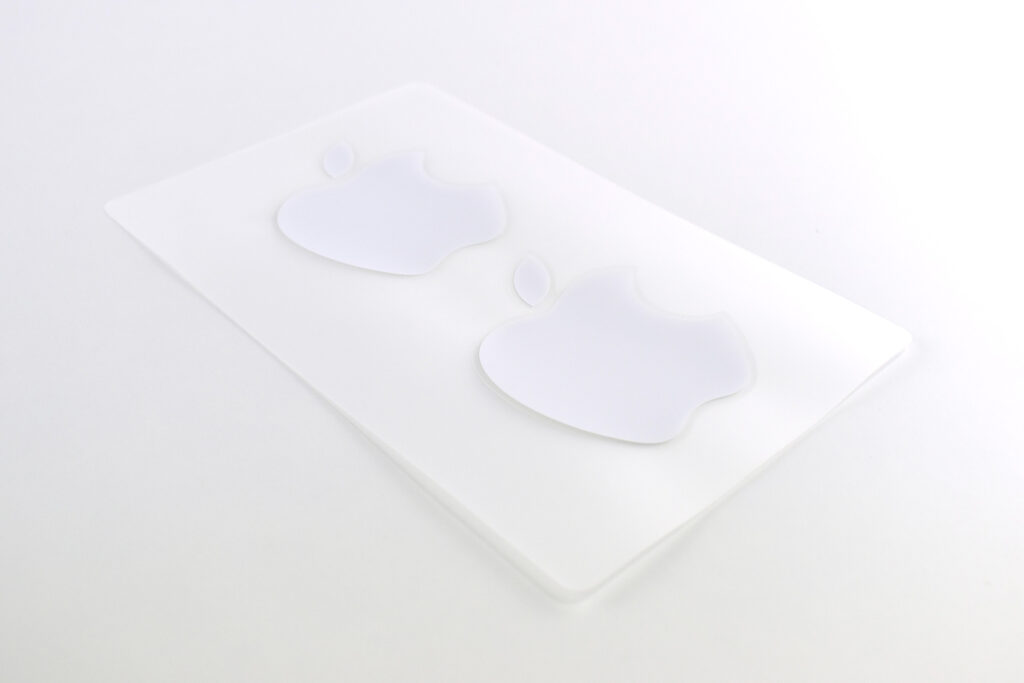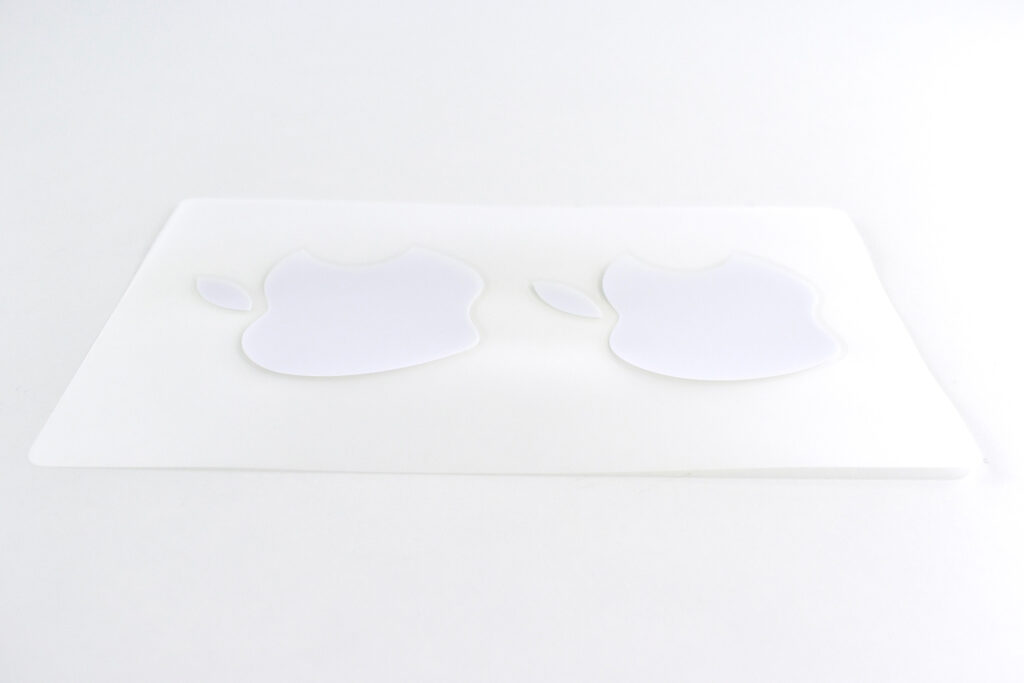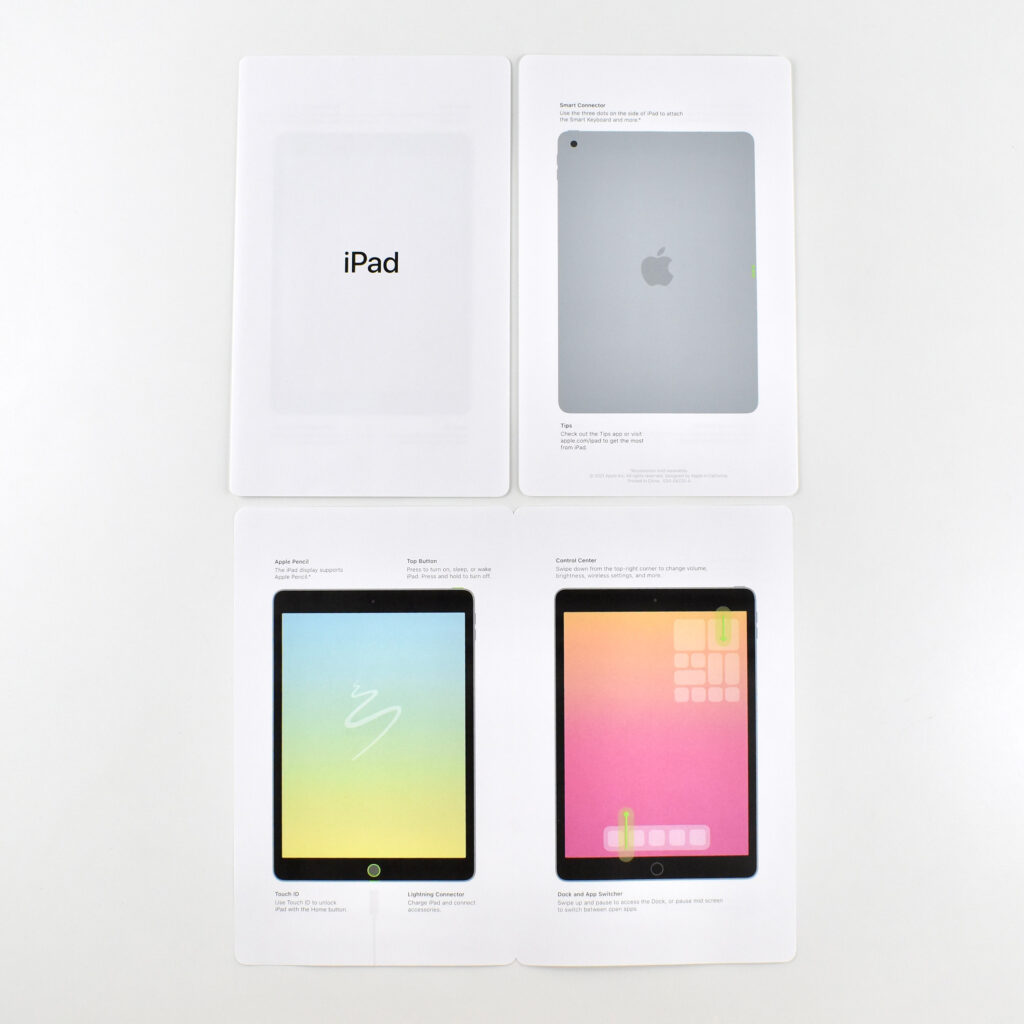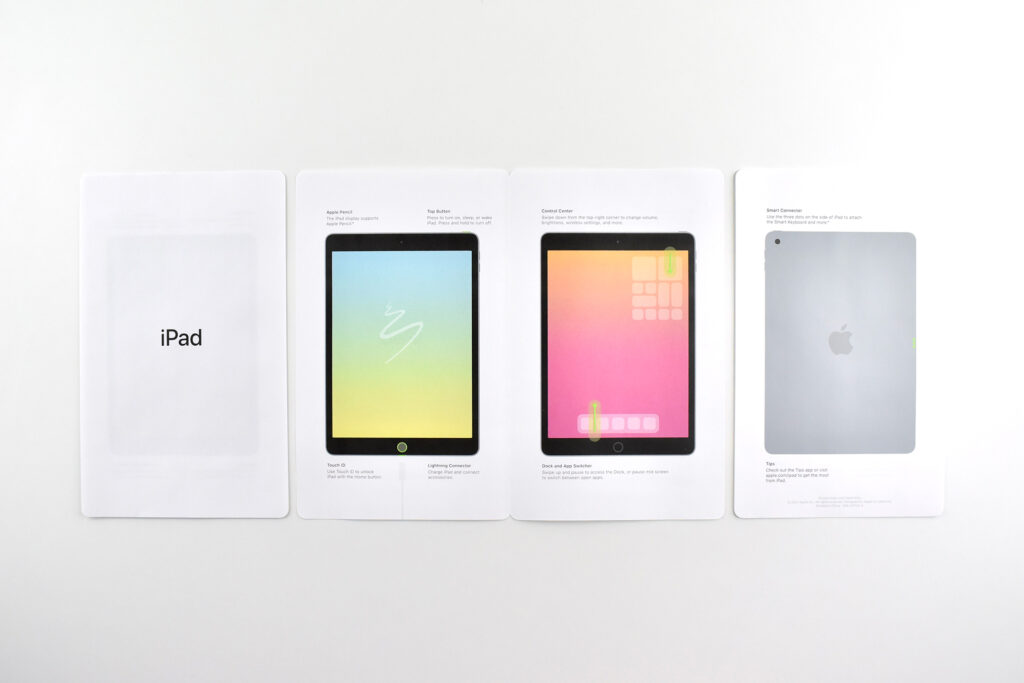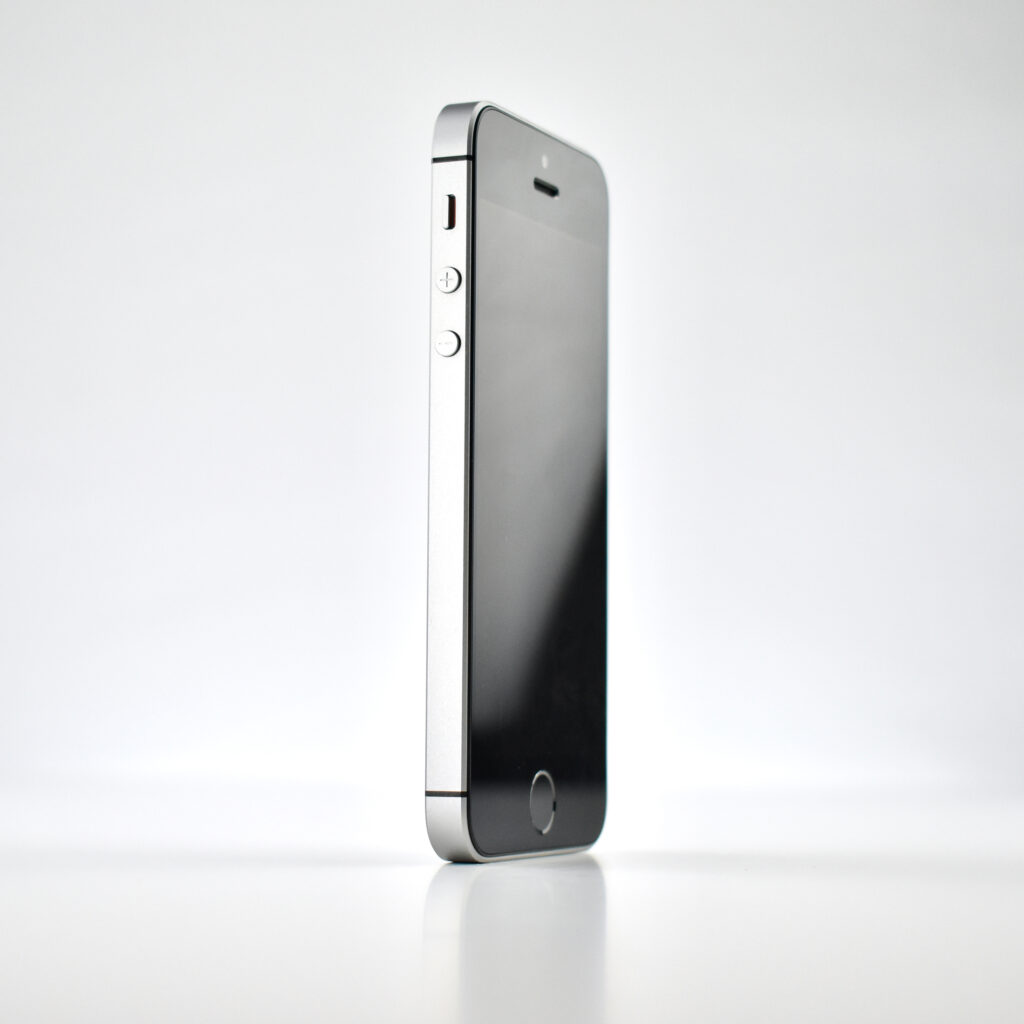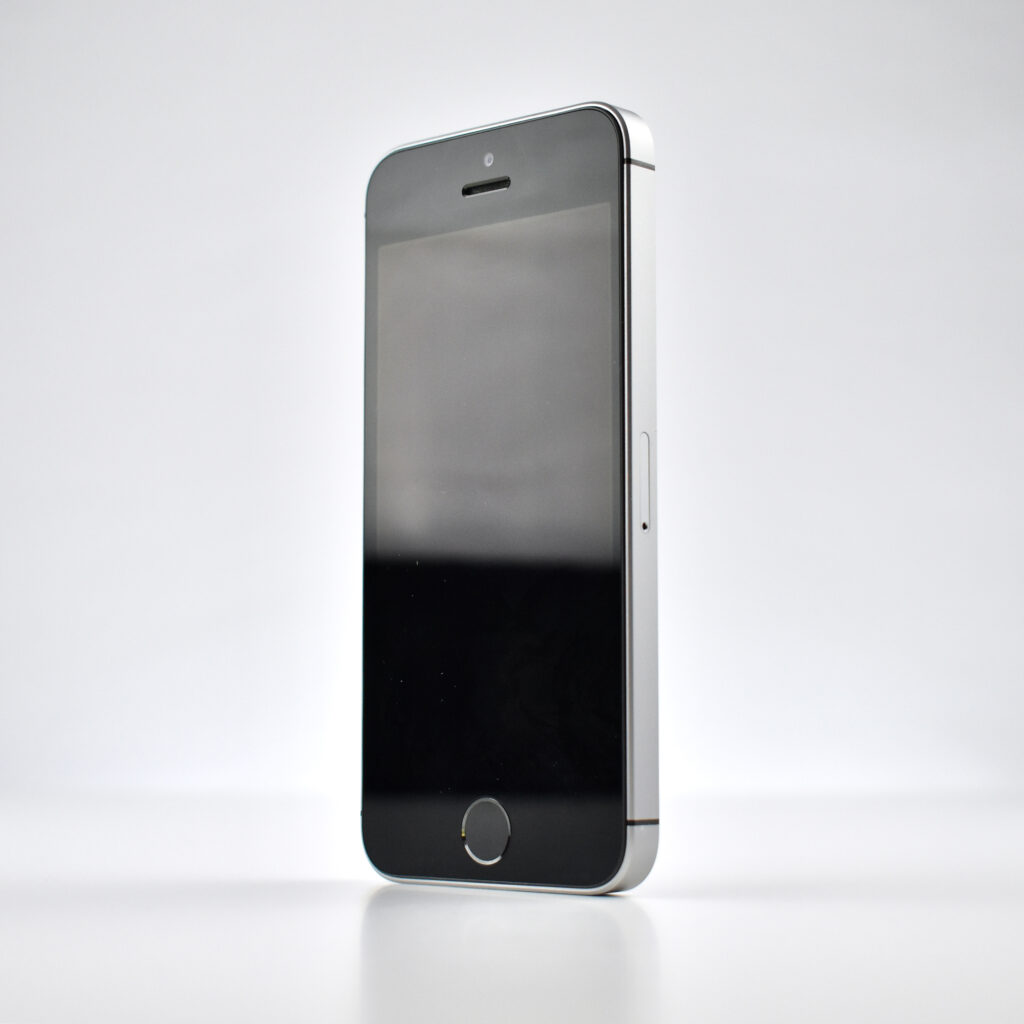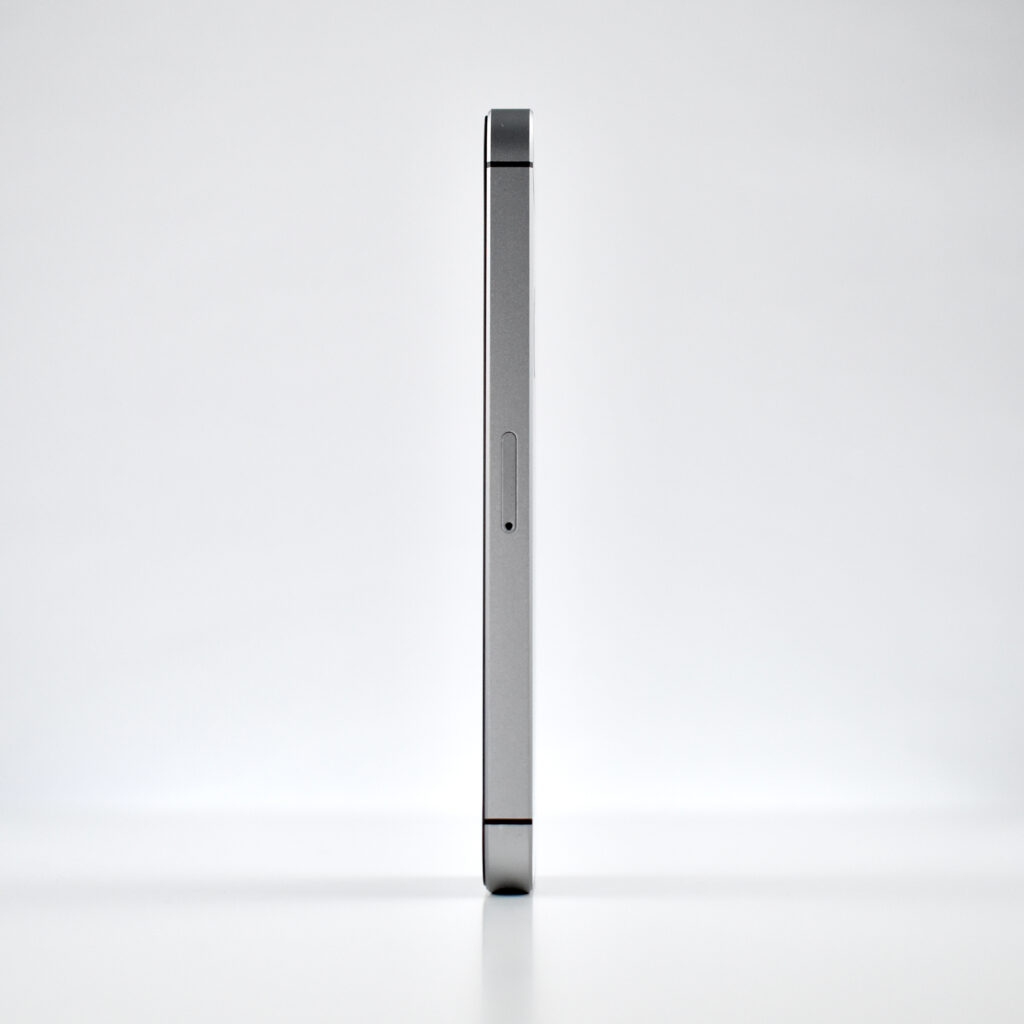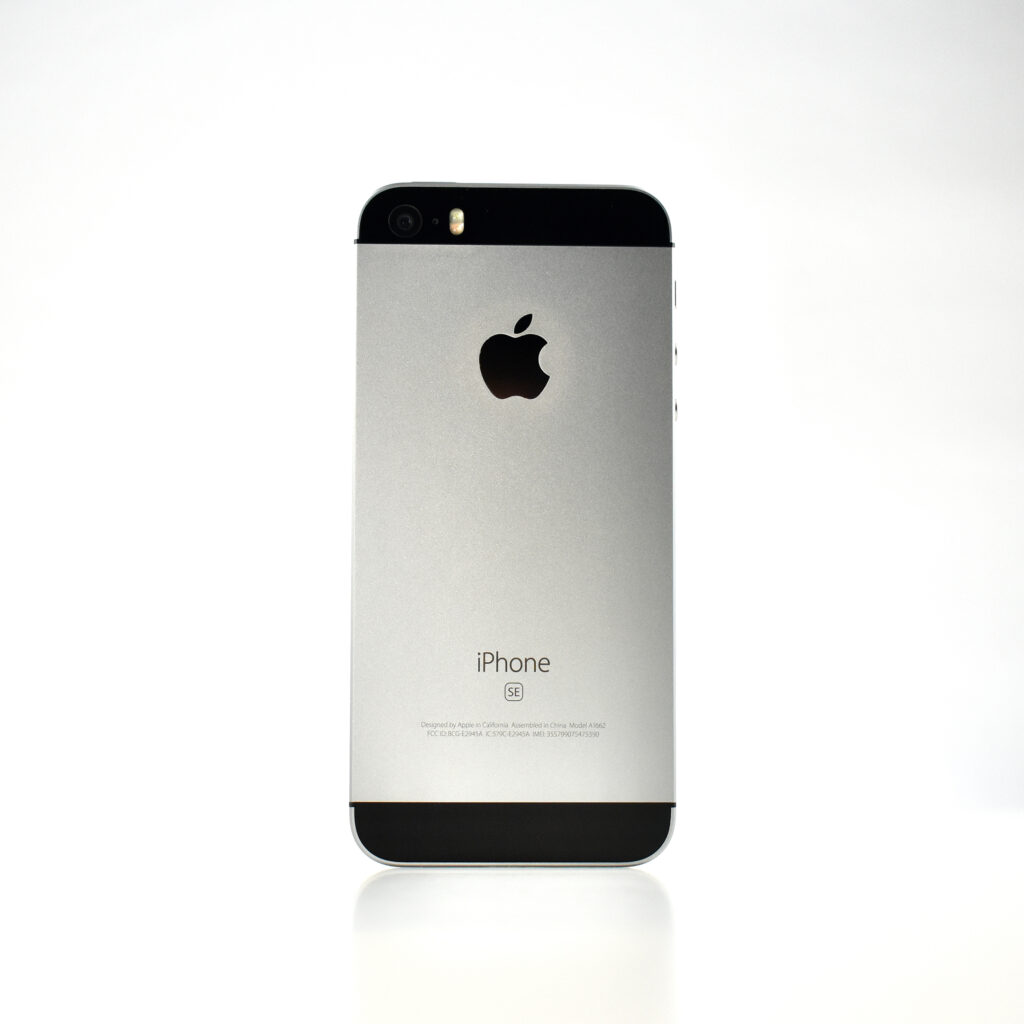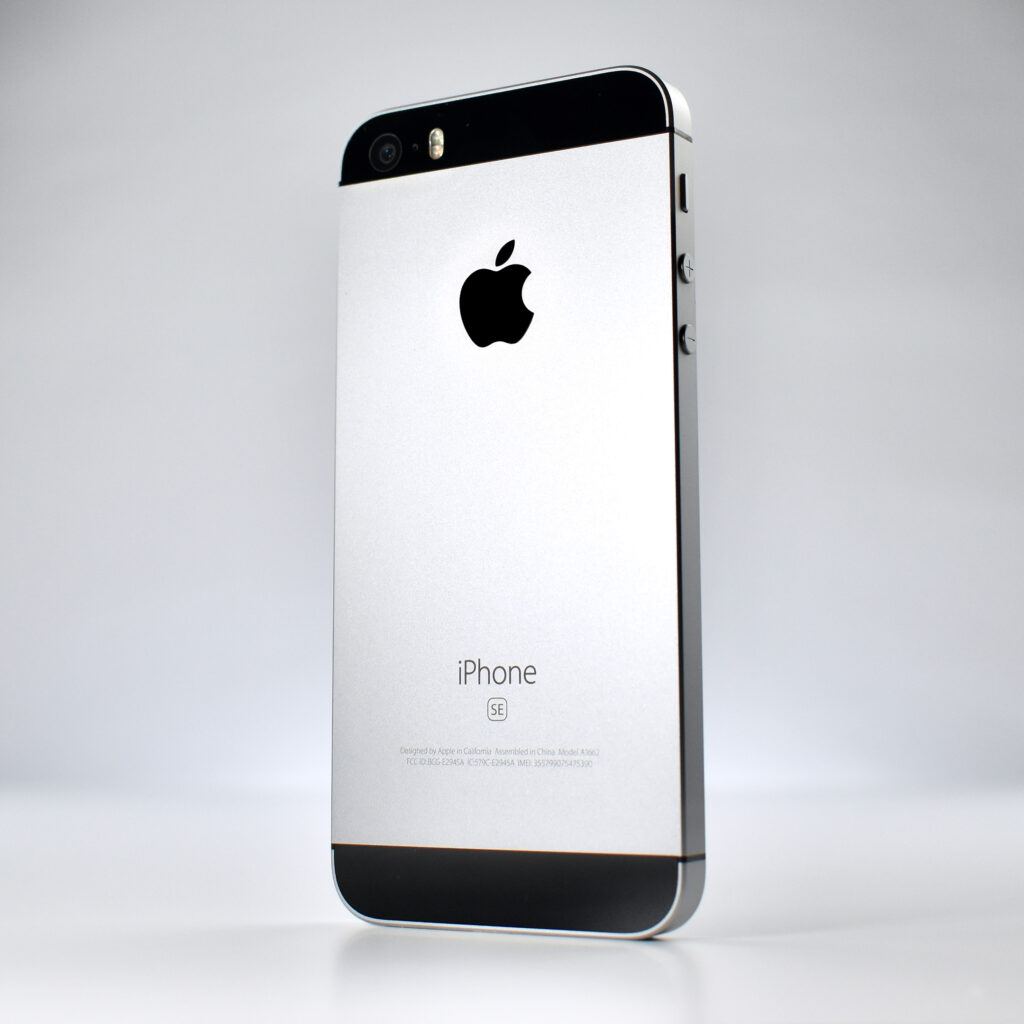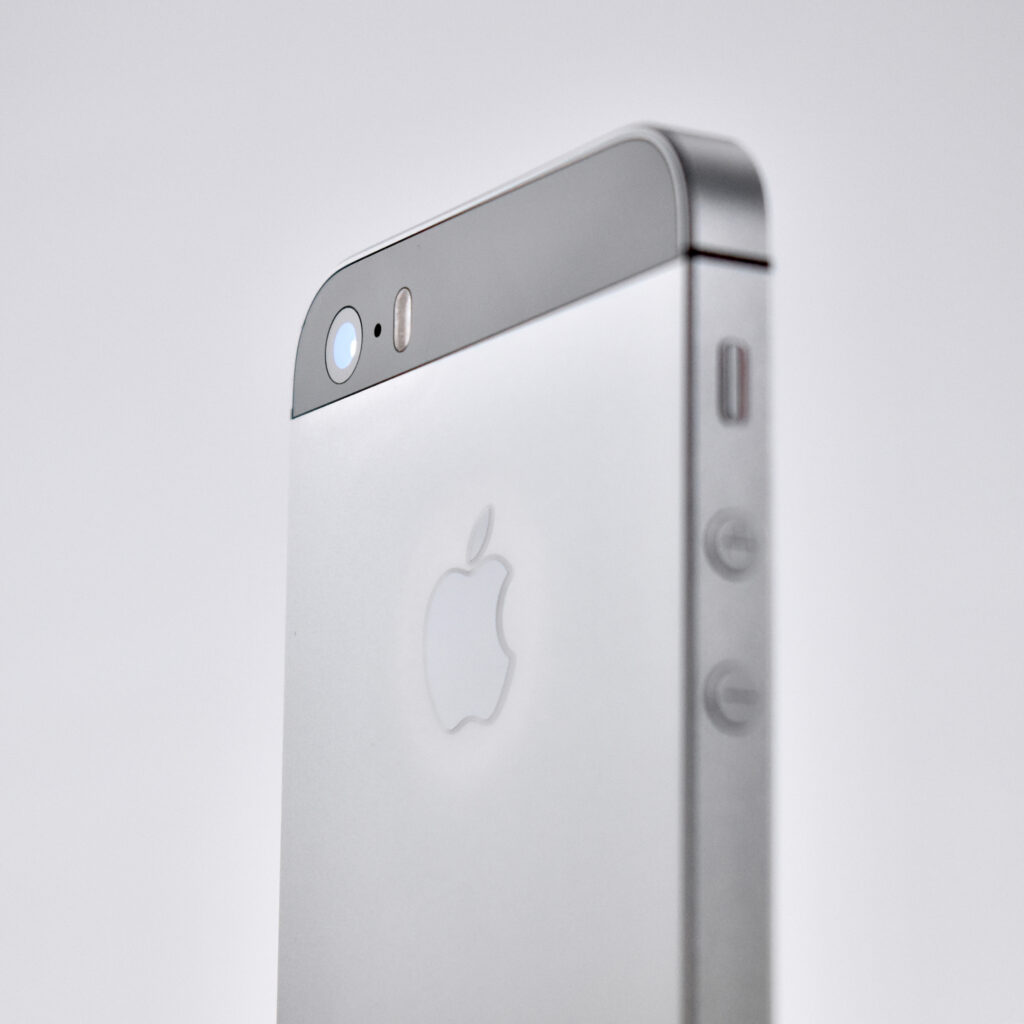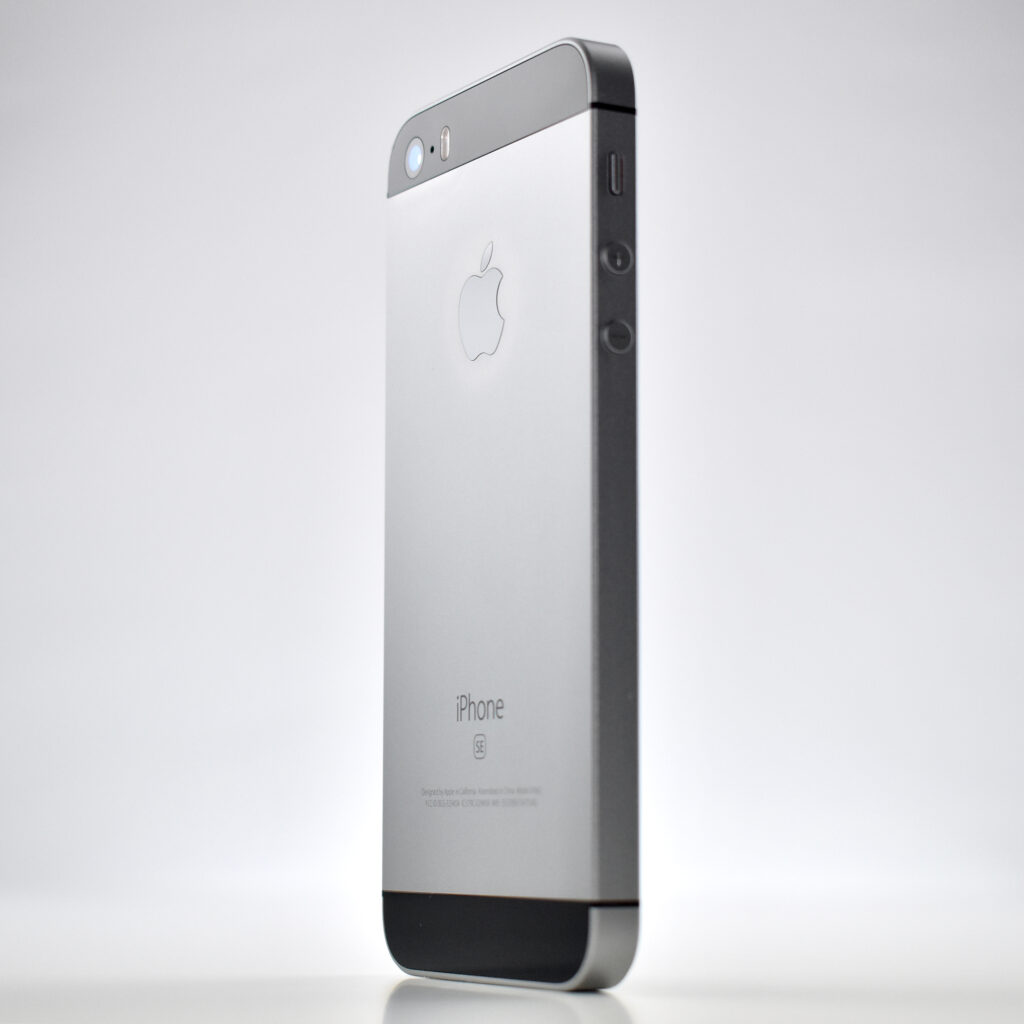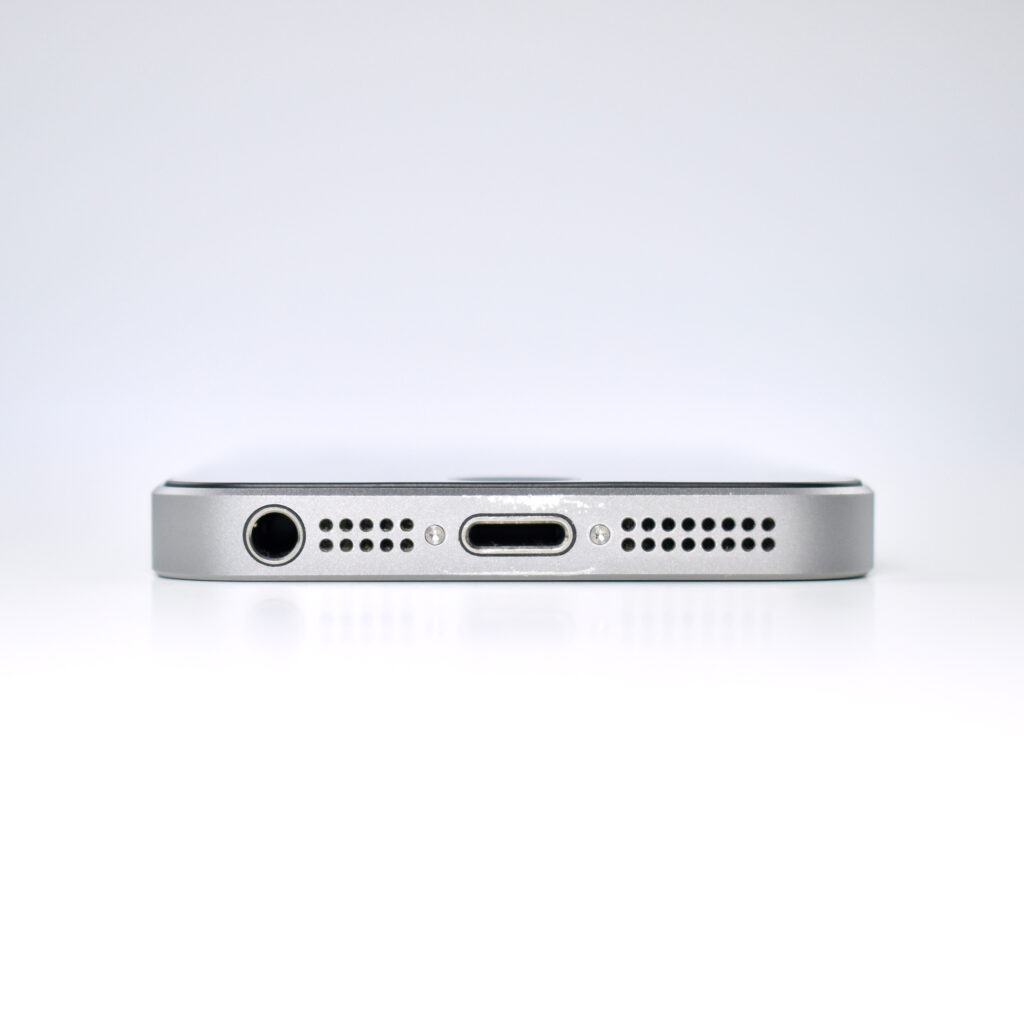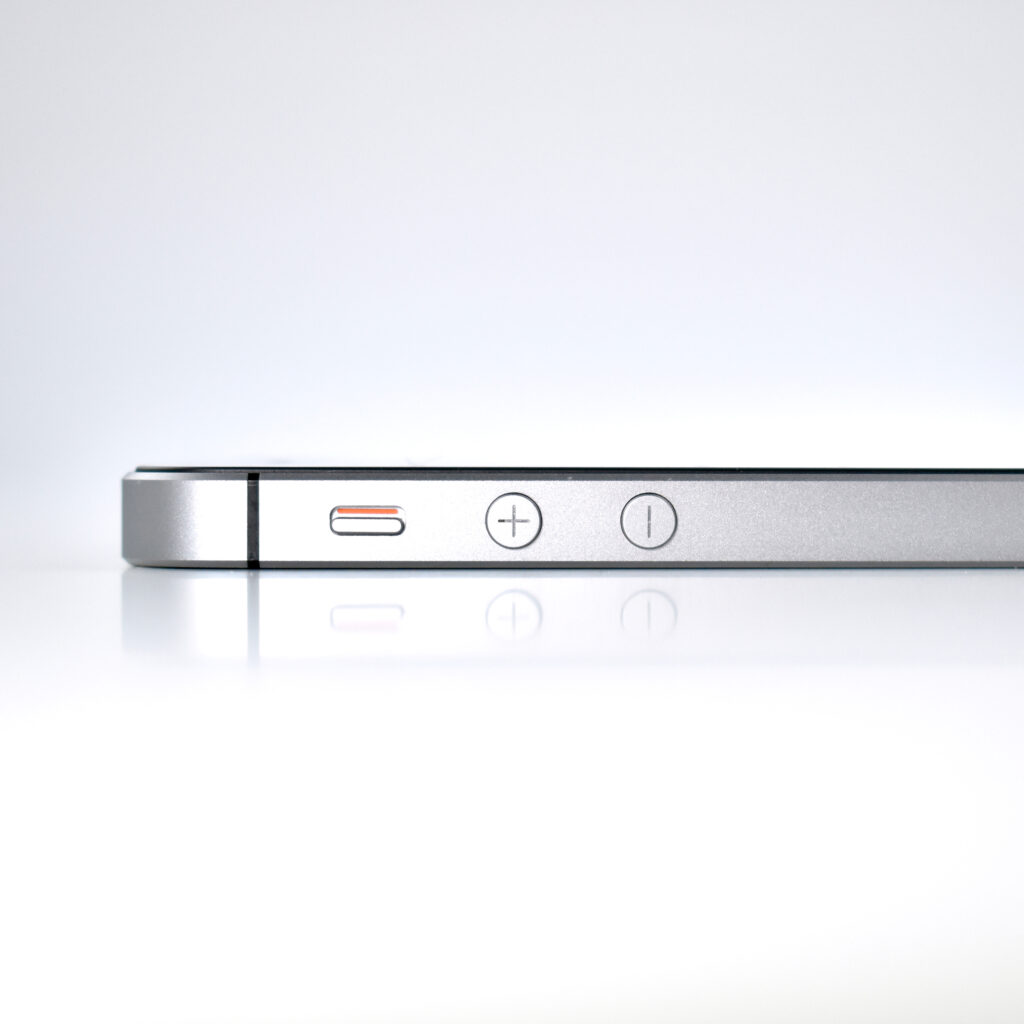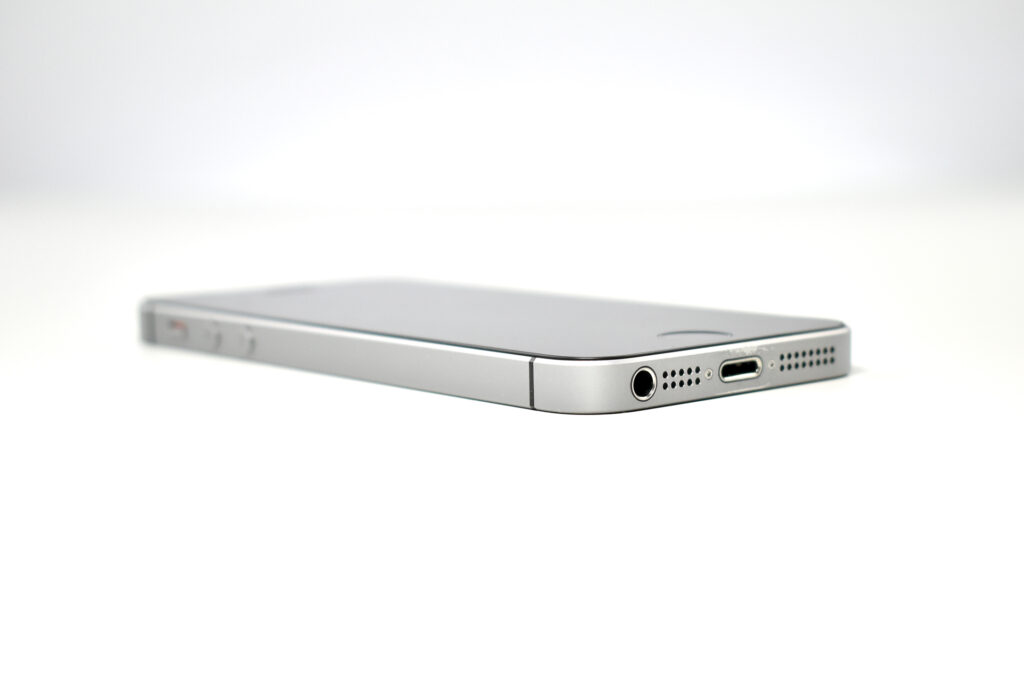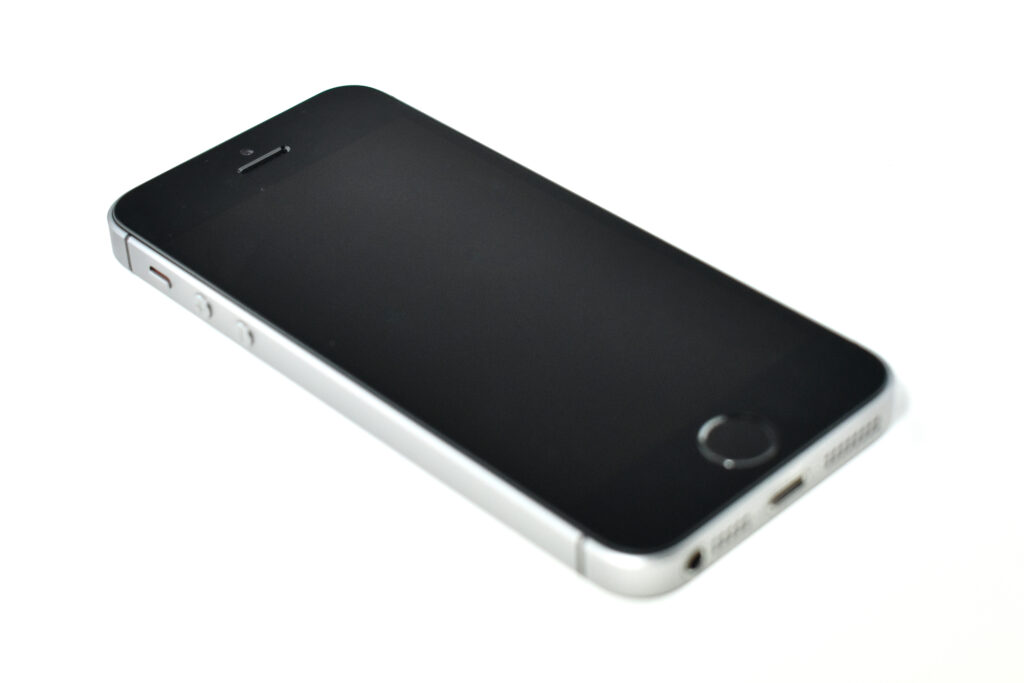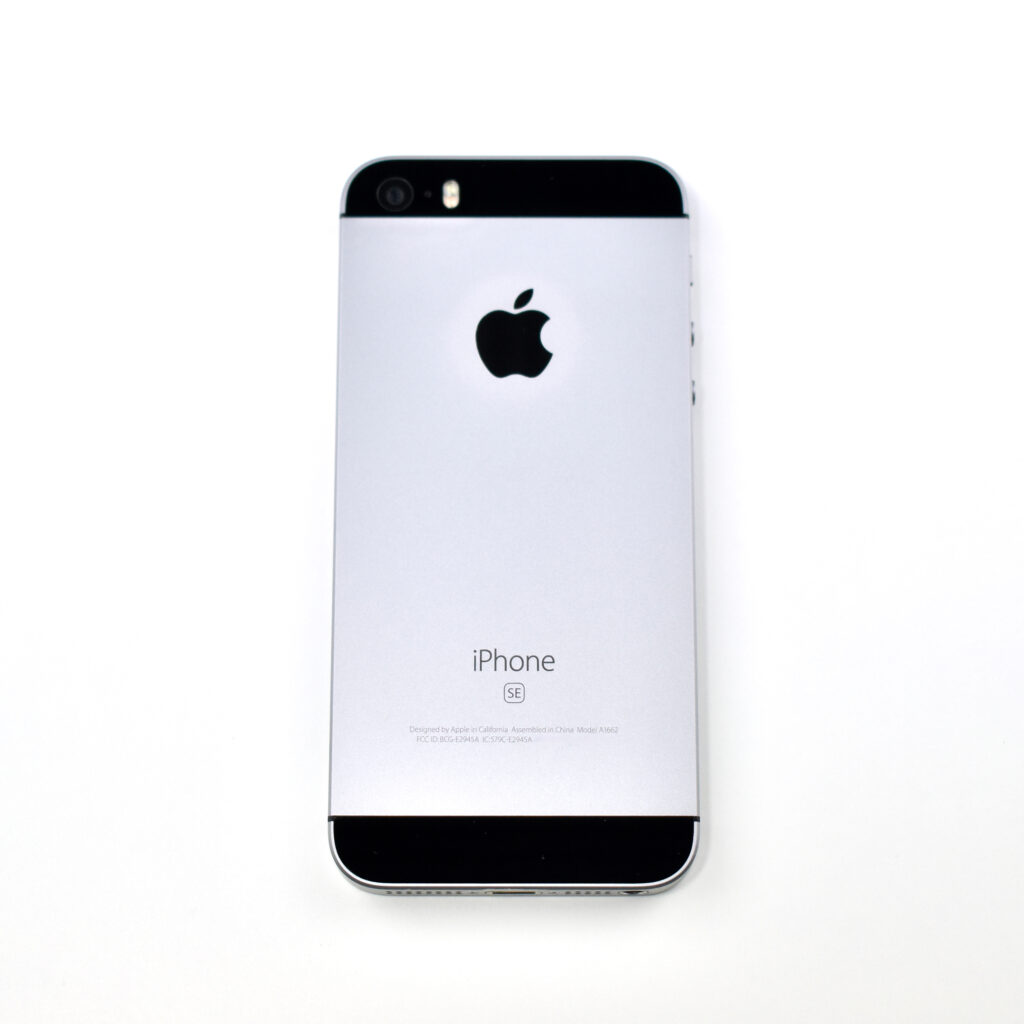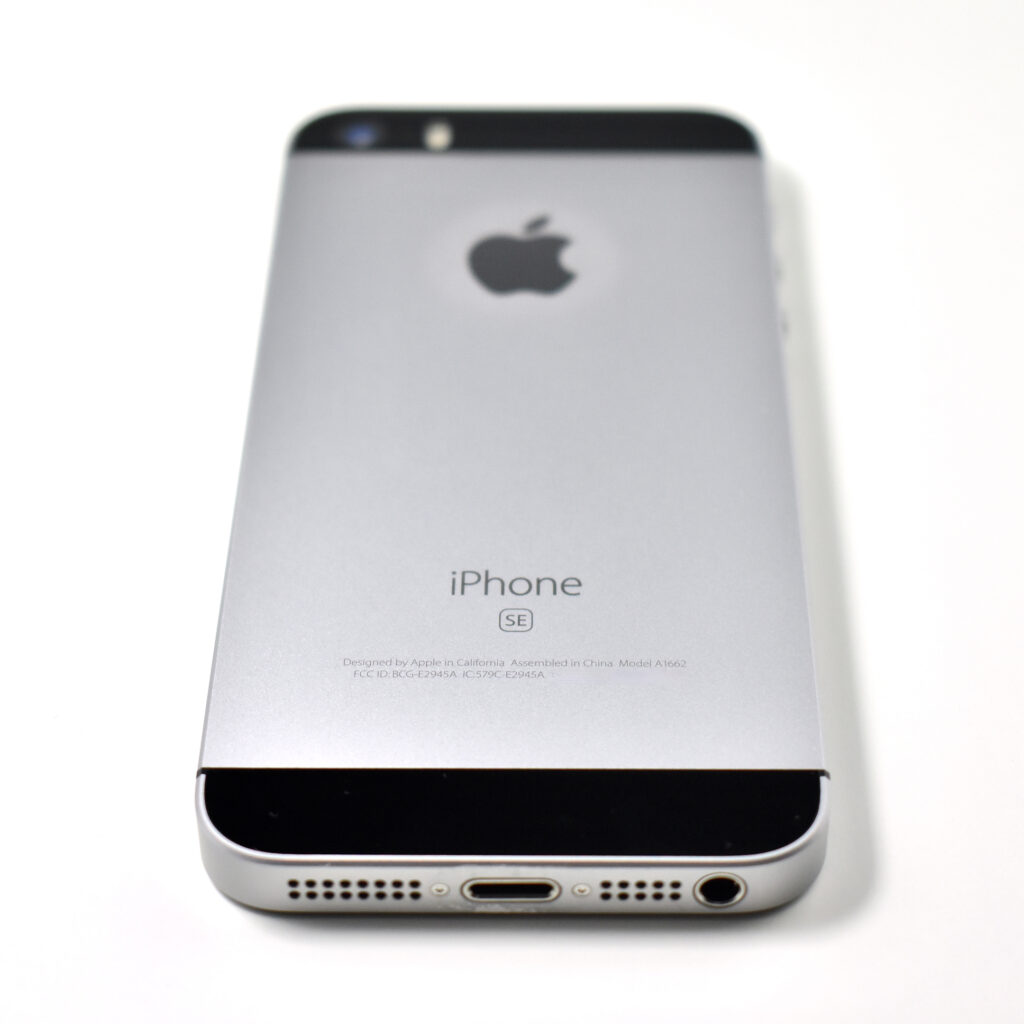When Apple released the 9.7-inch iPad Pro, they described the device: “Breakthrough Pro Features & Advanced Display Technologies Come to the Most Popular iPad Size.” Phil Schiller, Apple’s senior vice president of Worldwide Marketing, added,
“iPad Pro is a new generation of iPad that is indispensable and immersive, enabling people to be more productive and more creative. It’s incredibly fast, extremely portable, and completely natural to use with your fingers, Apple Pencil and Smart Keyboard. And now it comes in two sizes. The 9.7-inch iPad Pro has a new Retina display with True Tone technology, four-speaker audio system, blazing fast A9X chip, 12-megapixel iSight camera, 5-megapixel FaceTime HD camera, faster wireless, and support for Apple Pencil and Smart Keyboard. It is the ultimate upgrade for existing iPad users and replacement for PC users.”
The iPad Pro 9.7-inch was offered in Silver, Gold, Space Gray, and Rose Gold in Wi‑Fi-only and Wi-Fi+Cellular options with 32GB, 128GB, or 256GB storage. This is a Space Gray, Wi-Fi-only, 32GB model.
Its form factor was similar to other 9.7-inch iPad models offered by Apple. It measured 9.4 inches (240 mm) x 6.6 inches (169.5 mm), and was 0.24 inch (6.1 mm) thick. It weighed 0.96 pound (437 grams).
The primary back camera was 12-megapixel with features including Live Photos, Autofocus, True Tone flash, Panorama (up to 63 megapixels), and auto HDR. The front FaceTime HD camera was 5-megapixel with support for 720p HD video recording.
This iPad had 6 sensors, including Touch ID, a 3‐axis gyro, accelerometer, barometer, ambient light sensor, and Touch ID built into the Home button.
The iPad 9.7-inch shipped with iOS 10. As of 2023, Apple has never released another 9.7-inch iPad Pro model.
Sources: Apple (Newsroom, Tech Specs)
